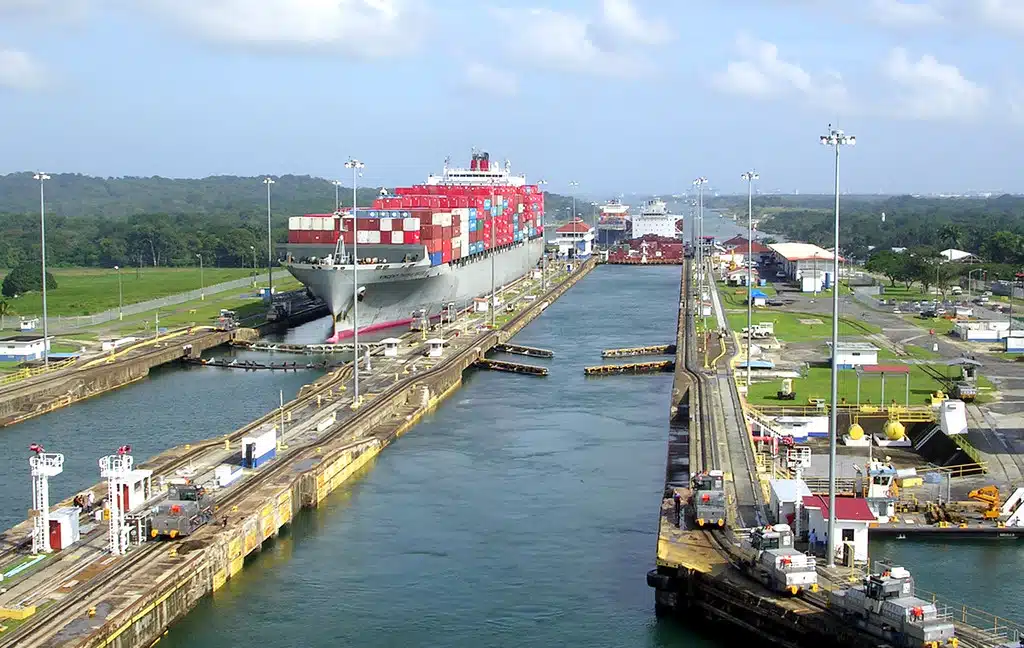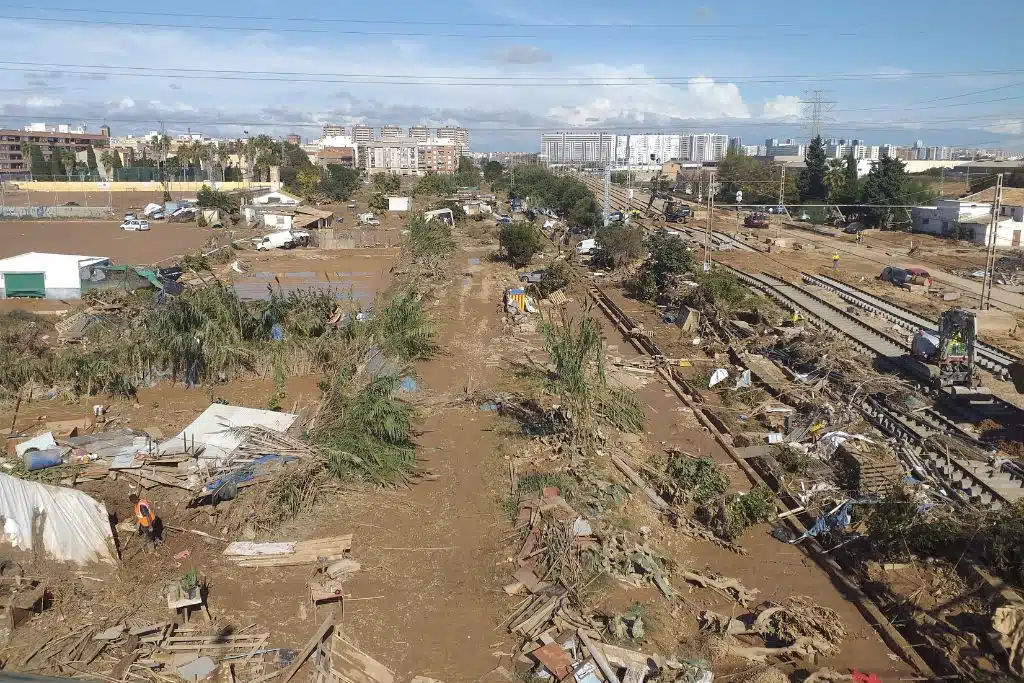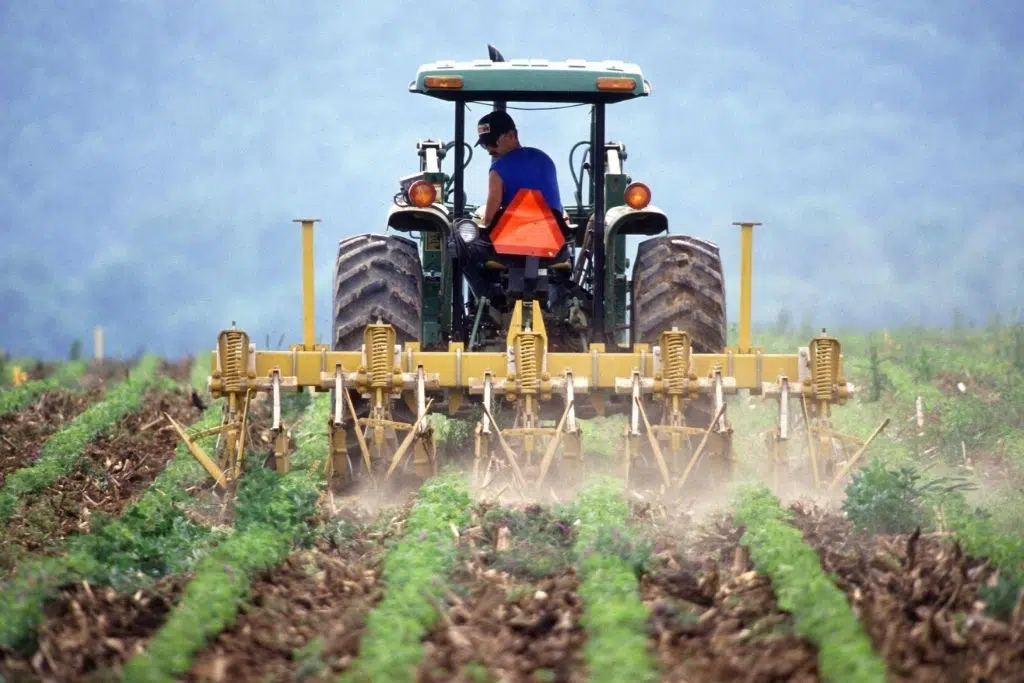As climate change accelerates, its impact on agriculture is becoming increasingly evident. Rising temperatures and erratic weather patterns disrupt every stage of the food supply chain—from farming and harvesting to transportation and storage.
In Spain, severe flooding recently caused over €1 billion in damage to crops like oranges and persimmons. Meanwhile, drought conditions affecting nearly 60% of Brazil have driven arabica coffee prices to a 50-year high, reducing both supply and quality.
These aren’t isolated incidents; they form a pattern of global disruption. As noted by The Guardian’s Heather Stewart, rising food costs intensify the vulnerability of developing nations, where food security is already fragile. Climate change is no longer theoretical—it’s an urgent economic and humanitarian issue.
Read More: Climate Change and the Food Chain: Economic Effects from Farm to Table
Threats to Food Security in a Changing Climate
Climate change is intensifying threats to global food security, particularly in vulnerable regions across Africa and Asia. Rising temperatures, coupled with rapid population growth and widespread deforestation, are accelerating desertification and land degradation.
As soil productivity declines, so too does agricultural output—fueling environmental risks, biodiversity loss, and deepening food insecurity.A shifting climate also alters hydrological cycles.
Higher temperatures are causing precipitation to fall as rain instead of snow, leading to reduced ice accumulation in mountainous regions. In Central Asia, glaciers are no longer able to replenish themselves, diminishing meltwater supplies that are critical for downstream communities and agriculture.
Water scarcity is poised to become a major stressor on food systems.The economic impact of extreme heat is already apparent. In many low-income countries, insufficient infrastructure and limited adaptive capacity compound the effects of climate stress.
In East Africa, for instance, persistent drought and expanding arid zones have devastated crop yields in regions such as Engaruka and rural Tanzania, contributing to malnutrition and rising health risks, particularly for children and other vulnerable populations.
As agricultural conditions deteriorate, many farmers are forced to migrate in search of viable livelihoods. This movement often increases competition for scarce resources, which can inflame social tensions and even lead to conflict.

In Mauritania, declining rainfall has significantly reduced food production, leaving many farming communities unable to sustain themselves or generate income.Climate-related disruptions extend beyond farms to global supply chains.
In a warming and increasingly interconnected world, transport bottlenecks have become a critical challenge. Delays in moving perishable goods—such as fruits and vegetables—can lead to spoilage, increased waste, and reduced market availability.
Moreover, logistical inefficiencies drive up operational costs through detours, extended labor, and higher fuel consumption, placing additional strain on food prices.
Ripple Effects: The Economic Fallout of Climate-Induced Agricultural Disruption
The economic consequences of climate change on agriculture extend far beyond immediate spikes in food prices.
In the UK, this is becoming a pressing issue as climate disruptions in key agricultural regions drive up the cost of food imports—highlighting the fragility of global supply chains in an increasingly volatile climate.
According to an analysis by the University of Salford, the UK’s dependence on imported food—particularly tomatoes from a small number of supplier nations—makes its supply chain acutely vulnerable.
When extreme weather events strike these regions, the effects are felt across British supermarkets, underscoring how localized climate events can trigger global supply shocks.A clear example of this was the devastating floods that struck Valencia, Spain, in November 2024.
As a major supplier of fruits and vegetables to the UK, the region’s flood-damaged crops caused a noticeable tightening of supply and subsequent price increases.The statistics speak for themselves: the UK imports roughly 50% of its total food and approximately 84% of its fruit.
Severe weather events—including prolonged droughts in Spain and Italy and widespread flooding across central Europe—have depressed crop yields, thereby inflating the cost of imports and pushing up domestic food prices.Since 2021, UK household food bills have risen by an average of £605 (€697).
Of that total, £351 (€404)—or nearly 60%—can be attributed directly to climate-related impacts such as extreme temperatures, crop failures, and disrupted supply chains. Rising energy costs and weather-related challenges compound the issue, creating a feedback loop of inflation and economic strain.
Climate-related disruptions also extend to the cost of agricultural inputs. Escalating prices for feed, fertilizer, and fuel place additional burdens on farmers, which are then passed down the supply chain to consumers.
As Gordon Fletcher, author of the University of Salford analysis, aptly notes, these dynamics are creating a vicious cycle—where both producers and consumers bear the financial weight of climate instability.Even domestically, UK agriculture has not been spared.

Excessive rainfall throughout 2023 and 2024 severely hindered crop output. Data from the Department for Environment, Food and Rural Affairs (DEFRA) revealed a 4.9% drop in vegetable production in 2023 compared to the previous year—an indication that local production is also vulnerable to shifting climate patterns.
Outlook: Building a Resilient Future for Global Food Security
As climate-related disruptions to agriculture intensify, the imperative to adopt resilient and adaptive strategies has never been more urgent.
Ensuring long-term food security and stabilizing global food prices will depend on the rapid implementation of sustainable agricultural practices and climate-resilient infrastructure.
Research underscores the need for policymakers to prioritize investment in innovative solutions—such as the development of climate-tolerant crop varieties, efficient irrigation systems, and robust water management frameworks.
These adaptive measures are essential not only to safeguard crop yields but also to mitigate the broader economic risks posed by extreme weather events.Equally important is the active engagement of local communities in agricultural and ecological restoration efforts.
By integrating local knowledge and involving communities in decision-making, solutions can be tailored to the specific needs of each region. This inclusive approach fosters ownership, builds resilience, and encourages collaboration among governments, farmers, researchers, and civil society.
The path from farm to table is becoming increasingly complex in the face of climate change. The cascading effects—from declining productivity and disrupted supply chains to soaring prices—highlight the interconnectedness of environmental and economic systems.
For governments, the challenge is clear: build comprehensive, climate-smart strategies that not only respond to immediate threats but also prepare societies for a more uncertain future.
In a world where the stability of food systems is under constant pressure, the need for coordinated action has never been greater. Strengthening resilience today is the surest way to secure the food systems of tomorrow.
Frequently Asked Questions (FAQs)
How does climate change impact global food security?
Climate change affects food security by reducing crop yields, increasing the frequency of extreme weather events, and degrading arable land. These disruptions compromise the availability, accessibility, and affordability of food—especially in vulnerable regions.
Why are food prices rising due to climate change?
Extreme weather events such as droughts, floods, and heatwaves damage crops, reduce harvests, and disrupt supply chains. These shocks lead to shortages, increased production costs, and higher prices for consumers globally.
Which countries are most affected by climate-related food challenges?
Developing countries in regions like sub-Saharan Africa, South Asia, and parts of Latin America are most affected. These areas often lack the resources needed to adapt to climate-induced agricultural stress and face higher risks of food insecurity.
What role does transportation play in the climate-food connection?
Climate disruptions can impair infrastructure and cause delays in transporting perishable goods. These bottlenecks raise logistics costs, lead to food spoilage, and limit market access, particularly in remote or economically disadvantaged areas.
Can technological innovations help address climate-related food issues?
Yes. Innovations such as climate-resilient crops, precision agriculture, and efficient irrigation systems can improve productivity and resource use, making food systems more adaptive and sustainable.
How does desertification threaten agriculture?
Desertification reduces soil fertility and water availability, limiting the land’s ability to support crops and livestock. It is exacerbated by deforestation, overgrazing, and unsustainable farming practices, all of which are intensified by climate change.
Conclusion
The economic impact of climate change on the global food chain is no longer a distant concern—it is a present and escalating crisis. From reduced agricultural yields and disrupted supply chains to rising food prices and increased vulnerability in low-income regions, the ripple effects are being felt worldwide. As extreme weather events become more frequent and unpredictable, the stability of food systems faces mounting pressure.

